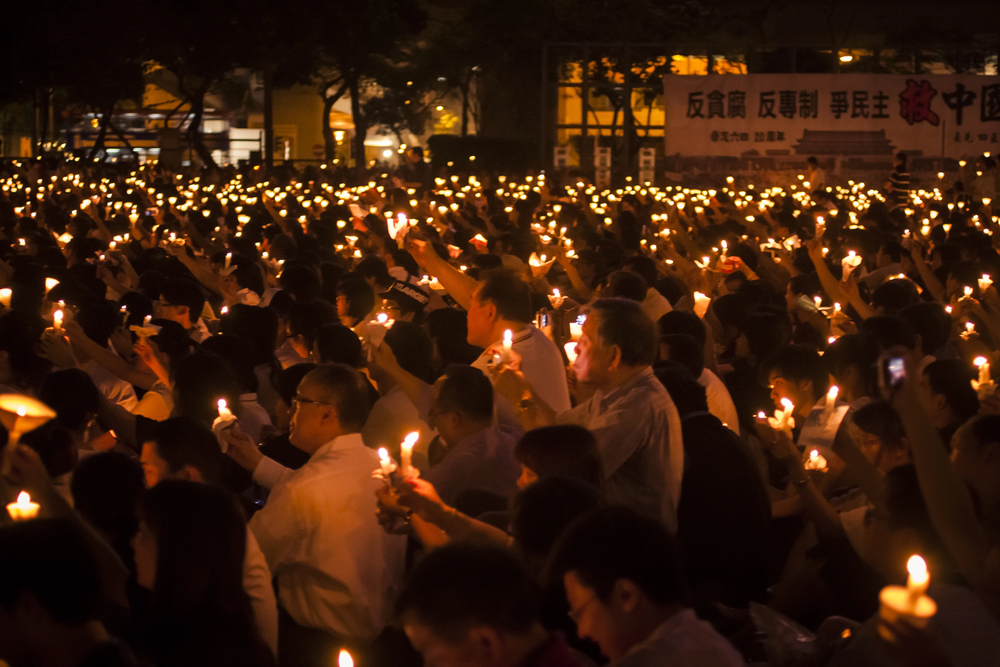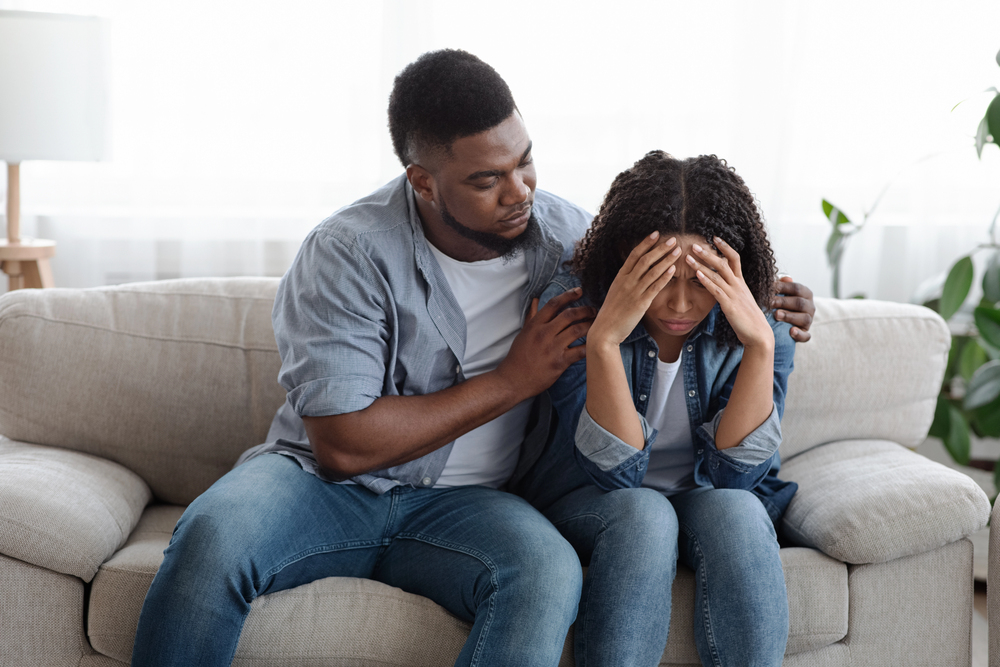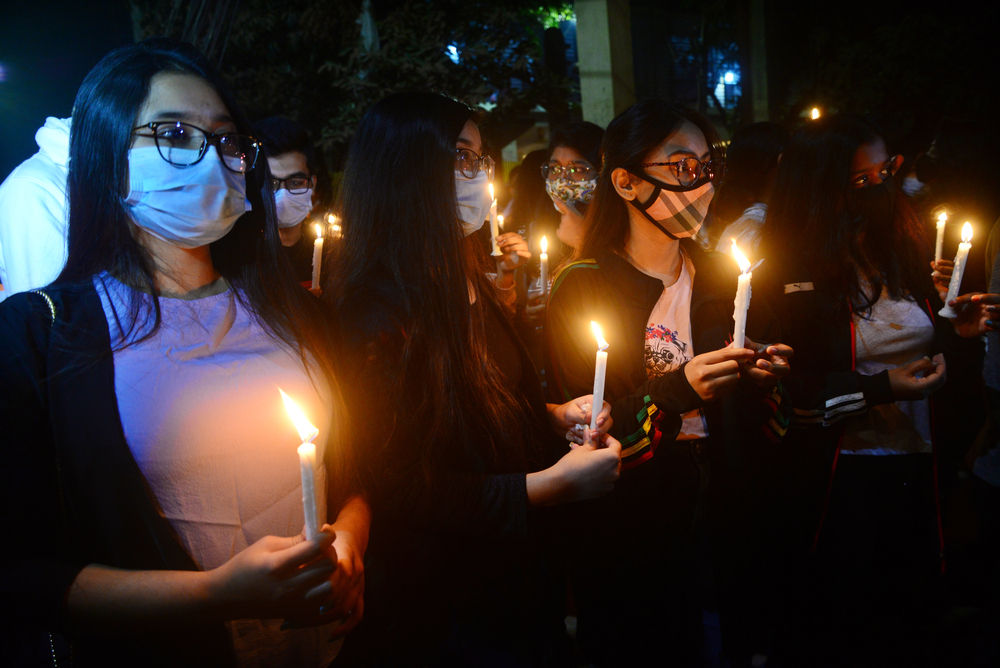
“There’s always cases that, you know, 10 years later, somebody says something.” This is how retired Moscow police chief James Fry put it, and the words hang in the air, charged with frustration and suspicion that attach even to the most well-documented criminal cases. As Bryan Kohberger was sentenced to life for the Idaho murders, the nauseating fact persists: the motive might never be found. For justice fans and crime buffs, this absence of answers is not just a loose thread; it’s a challenge to our sense of order, security, and closure.

1. The Creepy Void: When Motive Remains a Secret
Even with Kohberger’s admission and a deluge of investigation to this point, the Moscow police have acknowledged openly, “We do not have a motive.” Fry also supported that statement, saying, “There was a reason that this particular house was chosen.”. What that motive may be, we can by no means know. Releasing sealed documents has created anticipation for new disclosures, yet as Fry makes clear, “new information could come out still.” In high-profile cases like this one, when motive is ambiguous, families, survivors, and the public are left with a disquieting sense of business unfinished, generating speculation and anxiety.

2. The Survivor’s Story: Eyewitness Accounts and Open Questions
One of the remaining two roommates of the house, Dylan Mortensen, gave a haunting firsthand testimony that enthralled and horrified the true crime community. She saw a masked figure with “bushy eyebrows” wander around the house that evening. “He is an empty vessel. Something less than human. A vessel without compassion or guilt,” Mortensen told the court through tears. She described the permanent effect: “I was going to get away no matter where I went. What happens, how do I get away? What do I do to protect myself?” Her account is typical of the confusion and shock that survivors feel when, for example, they are rescued by chance or accident. Rumor mill did the perpetrator tire? Did he believe that he’d stayed too long, or was there some other incentive? As Fry said, “I don’t know if only he has that answer.”

3. Why Some Survived: Theories and Questions Left Unanswered
By Mortensen and Bethany Funke surviving and four others not surviving, the matter has been the focus of concerted scrutiny and hypothesis. Fry acknowledged, “There are a lot of theories,” without final answers. This enigma sustains a common pattern in sensationalized crime: the public desire to know “why” not just to satisfy justice, but to reestablish a sense of familiarity and security. But as the police have explained, “We’ve sought a connection and we haven’t found one.” The randomness of the violence, and the inability to give a motive, is what makes such crimes so deeply distressing.

4. The Legal Maze: Plea Agreements and the Elusive Search for Truth
For those who have been following the details of procedure, the plea agreement’s breakdown in factual allocution has been a problem. Prosecutor Bill Thompson took this head-on: “The law does not provide the court, or us, with the authority to demand specific factual allocution.” He continued, “I have to be completely honest, I don’t think that there’s anything that would come out of his mouth that would be the truth.” In the American system of justice, allocution is meant to provide some insight into the defendant’s state of mind, but as here seen, can be denied or rendered meaningless if the defendant won’t answer truthfully. This legal reality tends to deprive victims’ family members and the public at large of closure they so intensely yearn for. Allocation statements can provide closure, though, provided the truth is revealed.

5. The Ripple Effect: Community Trauma and Resilience
The psychological impact of these crimes extends far beyond direct victims. As Mortensen told it, “He stole away my ability to trust the world around me.”. What he did broke me in places I didn’t even know I was breakable. The ripple is felt throughout neighborhoods, friends, and families generally, eroding the ground of security and trust. Trauma to the community is experienced when crime pervasively corrupts the social fabric and collective emotional wellbeing of a neighborhood. This “wound” common to them has the potential to lead to withdrawal, fear, and estrangement but also offers a way of healing communally.

6. Coping with Uncertainty: Psychological Processes in Survivors and Communities
The most disorganizing is random, meaningless trauma exposure. Survivors may be at risk for panic attack, hypervigilance, and distrust of others. Indicators can include uncontrollable crying, sleep disturbance, depression, and withdrawal. Trauma-focused treatment, supportive networks, and honest communication are recommended by experts as core processes of recovery. Establishing the sense of safety and enabling grief responses to become normative are core early actions.

As one author describes, “As important is the presence of positive and stable relationships during times like these, and the support and care provided by caregivers, peers, or mentors can promote positive development and resiliency.”

7. The Community Role: Restoring Trust and Collective Efficacy
Violent crime not only destroys trust in individuals but also institutions that are supposed to defend them. Collective efficacy, the feeling of a community’s potential to emerge as a collective force, can be an important corrective factor. Initiatives like neighborhood forums, trauma-informed school programs, and violence intervention by community-based programs are dedicated to helping in the restoration of a sense of agency and community.

Meanwhile, societies mobilize to assist the survivors, to lament for the dead, and to shout the war cry for justice as they reclaim their security and power. Thus, this Idaho case brings to mind, at times, these questions shall never be answered. The pursuit of motive, meaning, and closure can take years. Yet, against the frame of uncertainty lies the resilience of survivors, empathy of a community, and seeking truth, however impermanently, a way forward.


